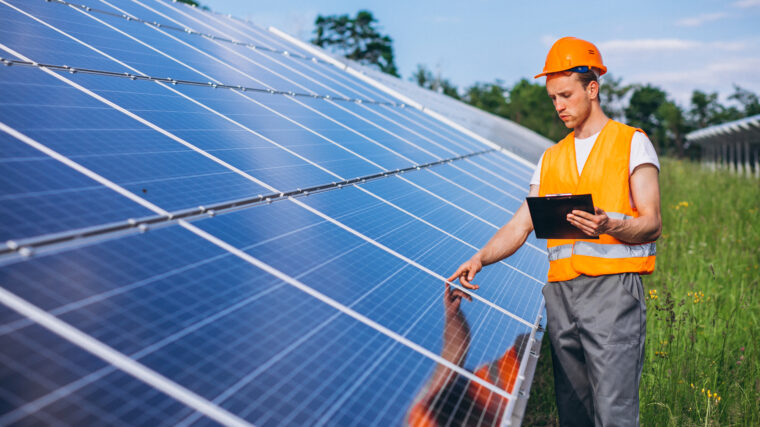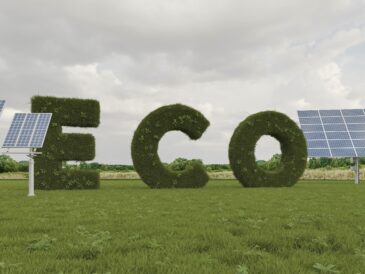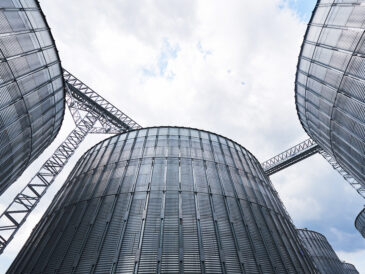Solceller har på kort tid blivit en av de mest efterfrågade energilösningarna i Sverige. Med …

Förnybar energi för framtidens behov
Förnybar energi för framtidens behov

Solceller har på kort tid blivit en av de mest efterfrågade energilösningarna i Sverige. Med …

Overview of the Swedish Electricity Market: Dynamics and Regulations The Swedish electricity market is distinguished …

Energi och miljöpåverkan Vilken energikälla har mest påverkan på miljön? Energi är en grundläggande del …

Universums Ursprungliga Energi – Var Kommer All Energi Ifrån? Universums födelse, känd som Big Bang, …

Varför är Energi Så Viktigt? Energi är fundamentet som vår moderna civilisation vilar på. Den …

Vad är Termisk Energi? Termisk energi, även känd som värmeenergi, är den energi som finns …

Elektricitetens Tidiga År i Sverige Ljusdal Energi och elektricitetens utveckling i Sverige har en rik …

Potentiell Energi – En Värld av Lagrad Kraft Potentiell energi är den energi som är …

Grundandet av PS Olje PS Energi, även känt som PS Olje AB, representerar en betydelsefull …

Historisk Översikt av Umeå Energi Arena Umeå Energi Arena, tidigare känd som Gammliavallen och T3 …